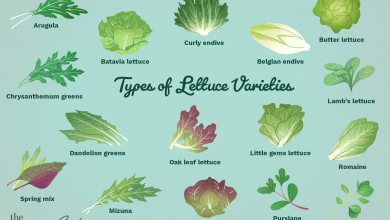Mimosa Tree: [Cultivation, Irrigation, Associations, Pests and Diseases]
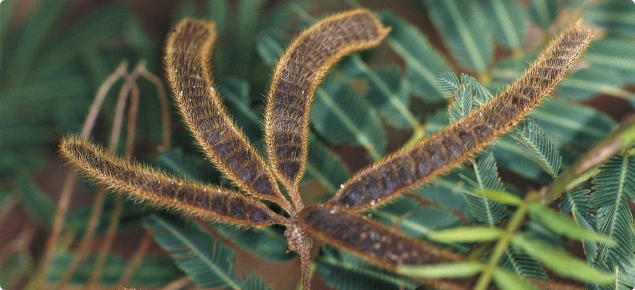
Important points when planting Mimosa tree
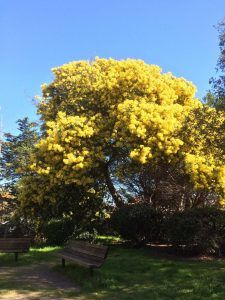 Where to sow? In full light. It needs a lot of sunlight.
Where to sow? In full light. It needs a lot of sunlight.- When? In spring and summer.
- How do we prepare the land? Removed, removing weeds. With substrate such as compost, withleaf mulch and well drained.
- How do we water? With drip.
- How often do we water? Abundant watering during flowering. The rest of the year moderate risks.
- Plagues and diseases? Cottony mealybug, iron chlorosis and fusarium fungus.
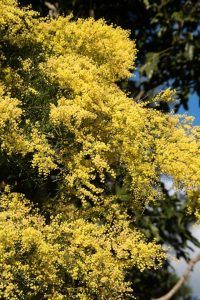 Known by its common name of mimosa tree, Acacia dealbata, it is a tree of the legume family with a rounded and irregular shape, which makes it one of the most used in gardening.
Known by its common name of mimosa tree, Acacia dealbata, it is a tree of the legume family with a rounded and irregular shape, which makes it one of the most used in gardening.
Some specimens of the mimosa tree can reach a height of about 5 meters, although in optimal conditions it can reach 12 meters in height, with grayish bark that is quite branched.
Very colorful and fast growing, the mimosa tree has evergreen leaves, with opposite shapes, compound, bipinnate (leaf twice divided into leaflets) and glaucous green.
The flowering of the plant is through yellow glomeruli composed of small, very small flowers that are grouped in yellow balls that appear at the ends of the branches and are highly scented.
It is an especially abundant tree in temperate and subtropical zones, it was introduced in Spain in the mid-nineteenth century as an ornamental plant.
The mimosa tree has been used as a tanning agent due to the high content of tannins in the bark, and it has also been used as a substitute for gum arabic, taking advantage of the gum exudation from its trunk and branches.
When to plant the mimosa tree?
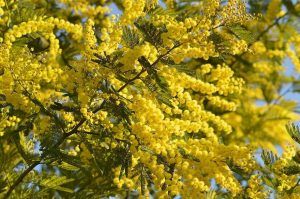 The best time to sow the mimosa tree is in the spring, using seeds that must be subjected to a heat treatment and soaked so that they can germinate.
The best time to sow the mimosa tree is in the spring, using seeds that must be subjected to a heat treatment and soaked so that they can germinate.
But you can also plant it through cuttings in the summer since it will be much easier to extract it from the plant itself.
Where to do it?
The mimosa tree should be planted in a place with good sun exposure and be protected from the cold. It does not resist temperatures below 0ºC as they are very harmful.
How to prepare the land?
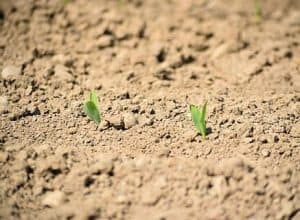 It prefers somewhat siliceous soils. It does not support calcareous soils unless it has been grafted on Acacia retinoides or another more resistant variety of acacia.
It prefers somewhat siliceous soils. It does not support calcareous soils unless it has been grafted on Acacia retinoides or another more resistant variety of acacia.
The ideal soil for these trees would be one that is very well drained (with coarse sand), granitic and with a little organic matter (leaf litter, for example).
Because of its rapid growth and in small gardens as a flower and shade tree. In the preparation of the land for crops, it is important to carry out a preliminary study of the soils to know their conditions in relation to the nutrients and chemical conditions that favor or affect said availability.
How do we water the mimosa tree?
 In outdoor plants, watering should be done first thing in the morning. In this way the water will be better used by its roots.
In outdoor plants, watering should be done first thing in the morning. In this way the water will be better used by its roots.
Using sprinklers or diffusers to water, will be the most recommended to avoid fungi.
How do we plant a mimosa tree step by step?
The planting of mimosa tree can be done through seeds or cuttings, for this it is recommended to follow the following steps:
- Carry out the seed germination process, subjecting it to a heat treatment so that it can germinate. The treatment consists of pouring boiling water over the seeds for 5 seconds and letting them soak at room temperature for 24 hours.
- Select a mixture with slightly sandy soil, with somewhat siliceous soils, loose and with good drainage.
- Select a location.
- For cultivation, winter temperatures should not be below -6ºC, as it grows very large and disorderly.
What favorable associations does it have?
The association of crops of compatible plants produces benefits with respect to their cultivation separately, in addition to the use of light, water and/or nutrients.
The mimosa tree can be associated with other ornamental plants of the same species.
What pests and diseases attack the mimosa tree?
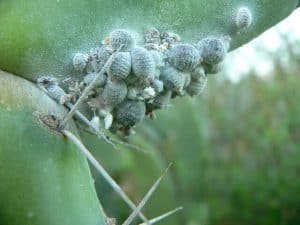 The mimosa tree presents a serious problem with excess water, since the roots rot easily. Waterlogging can be fatal to the leafy bush.
The mimosa tree presents a serious problem with excess water, since the roots rot easily. Waterlogging can be fatal to the leafy bush.
It is also affected by iron chlorosis, which is corrected with iron chelates. If the environment is too hot and humid, it is attacked by the cottony mealybug.
In addition, it is necessary to take care of the mimosa tree from the fusarium fungus.
verticillium wilt
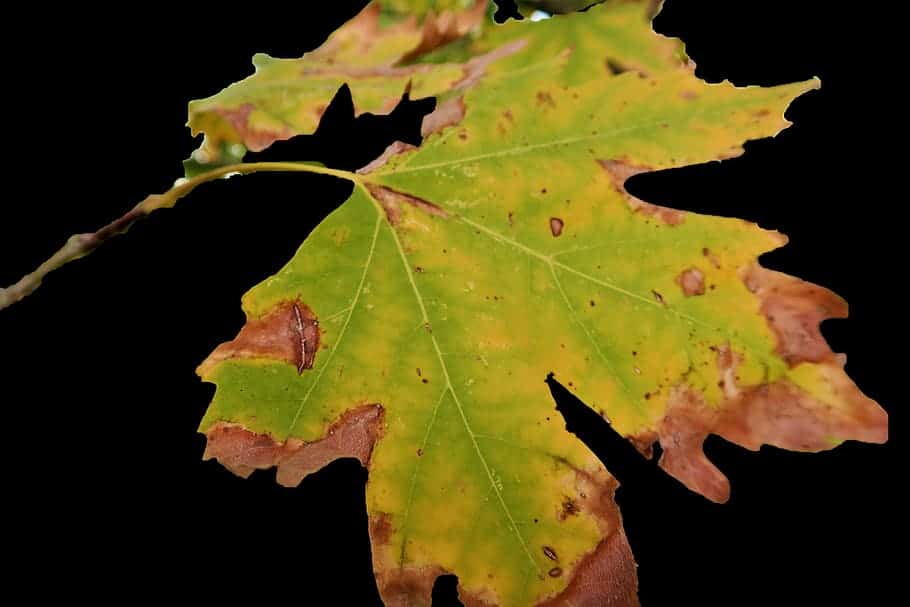 Verticillium or Verticillium wilt is a common soil fungus that thrives in temperate climates around the world and can be present in the soil for decades.
Verticillium or Verticillium wilt is a common soil fungus that thrives in temperate climates around the world and can be present in the soil for decades.
Verticillium wilt overwinters in the soil as dormant mycelium or tiny dormant black structures called microsclerotia, waiting for favorable conditions to return.
They enter damaged plant tissue through the roots and multiply. Many common weeds, such as dandelions and weeds, can be Verticillium host species.
Verticillium wilt is a disease that affects more than 350 species of eudicolous plants. It is caused by six species of Verticillium fungi: Verticillium dahliae, Verticillium albo-atrum, Verticillium longisporum, Verticillium nubilum, Verticillium theobromae, and Verticillium tricorpus.
Many plants with significant economic weight are susceptible, such as cotton, tomatoes, potatoes, oilseed rape, aubergines, peppers, and ornamental plants, as well as others in natural vegetation communities.
Many species and cultivars of eudicots are resistant to the disease, and all monocots, gymnosperms, and ferns are immune. To know more: Verticillium wilt in the Orchard: What is it? How do we identify it?
Bibliography and references
- Encyclopedia My first knowledge about Plants, Snakes and Conservation. (1961). Spanish edition by Dr. Frank Thompson. Grolier Publisher Incorporated New York. Printed in Mexico.

![Photo of How to Plant Arugula: [Cultivation, Water, Fertilizer, Care and More]](https://www.complete-gardening.com/wp-content/uploads/2022/08/how-to-plant-arugula-cultivation-water-fertilizer-care-and-more-390x220.jpg)


